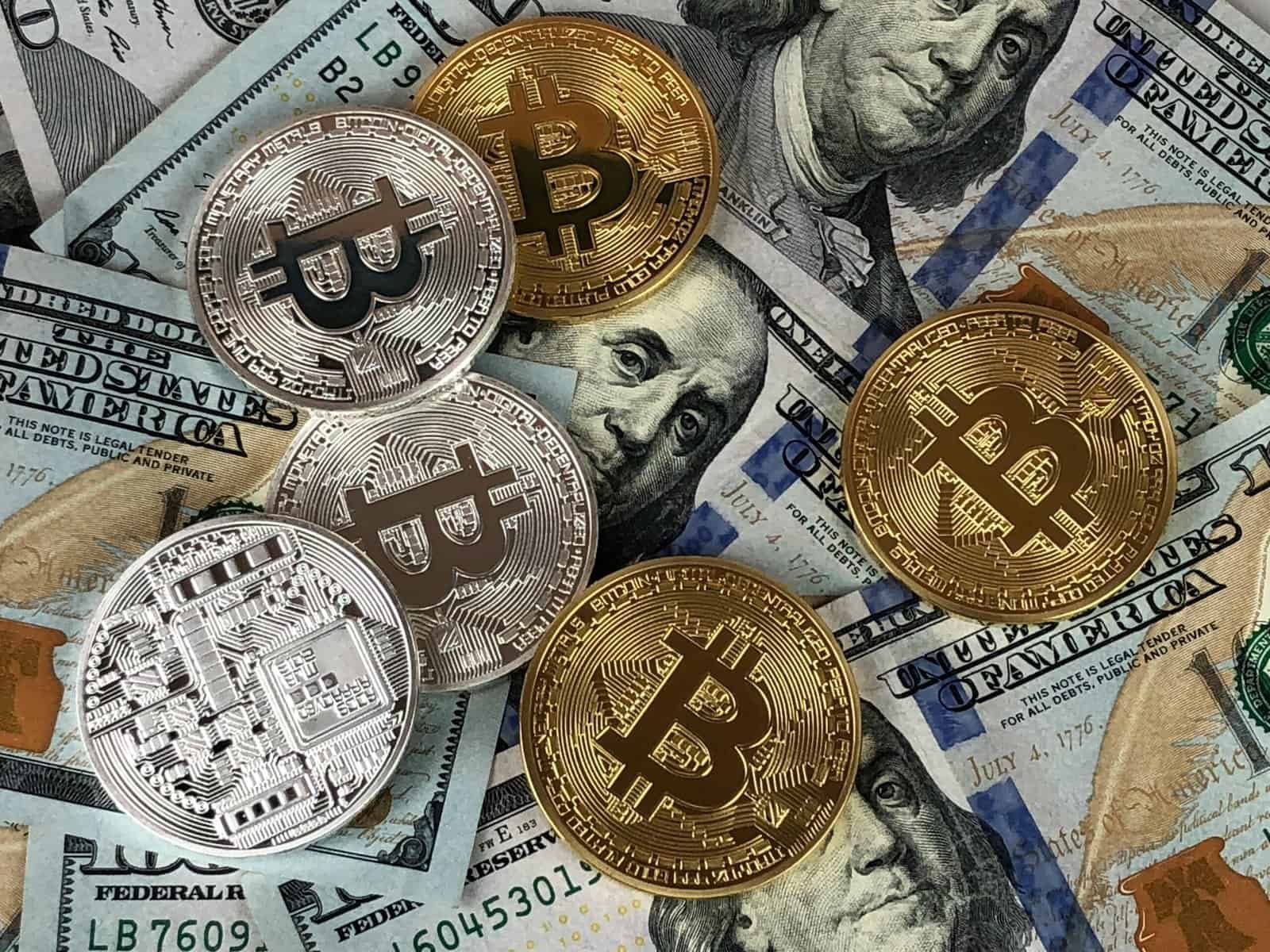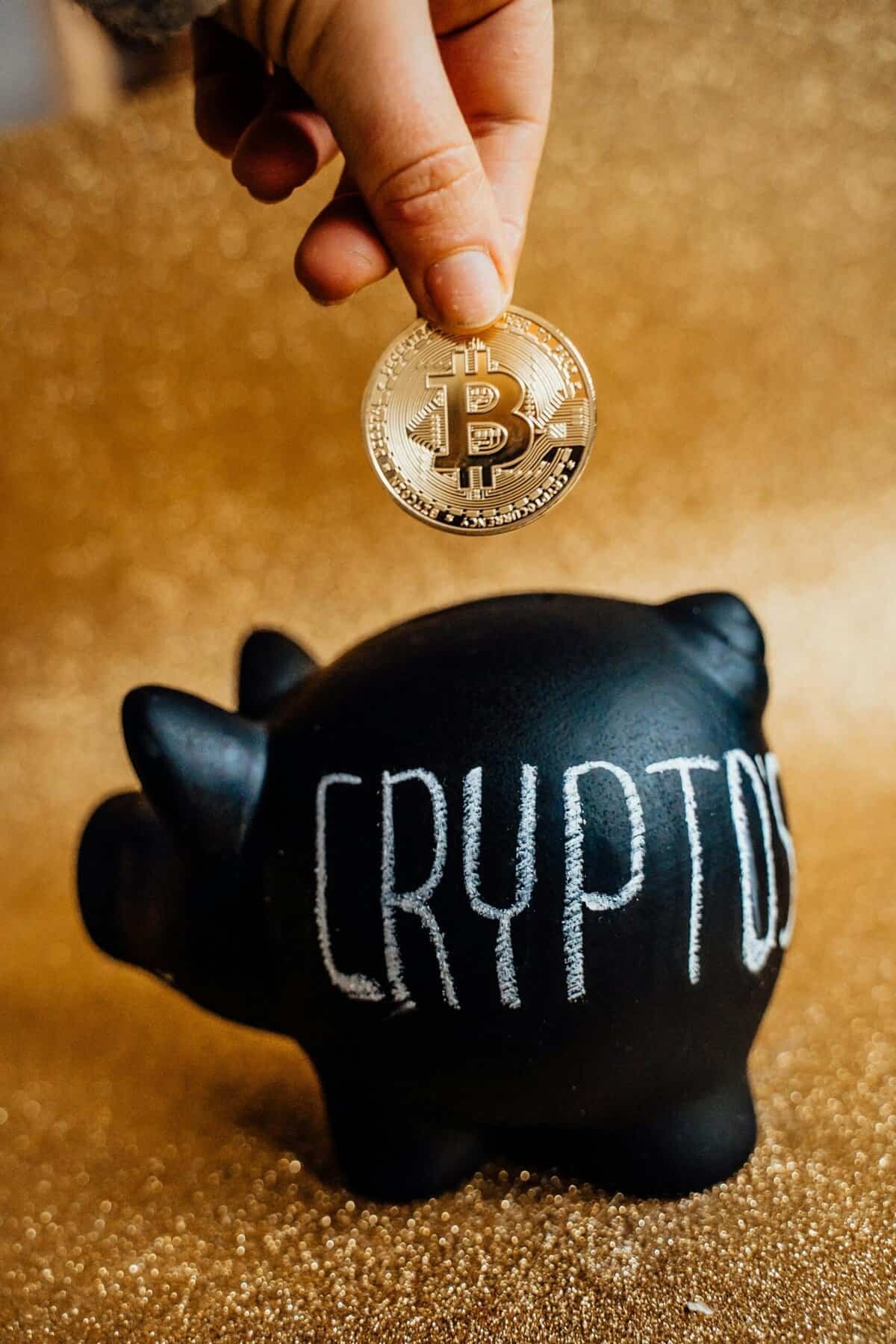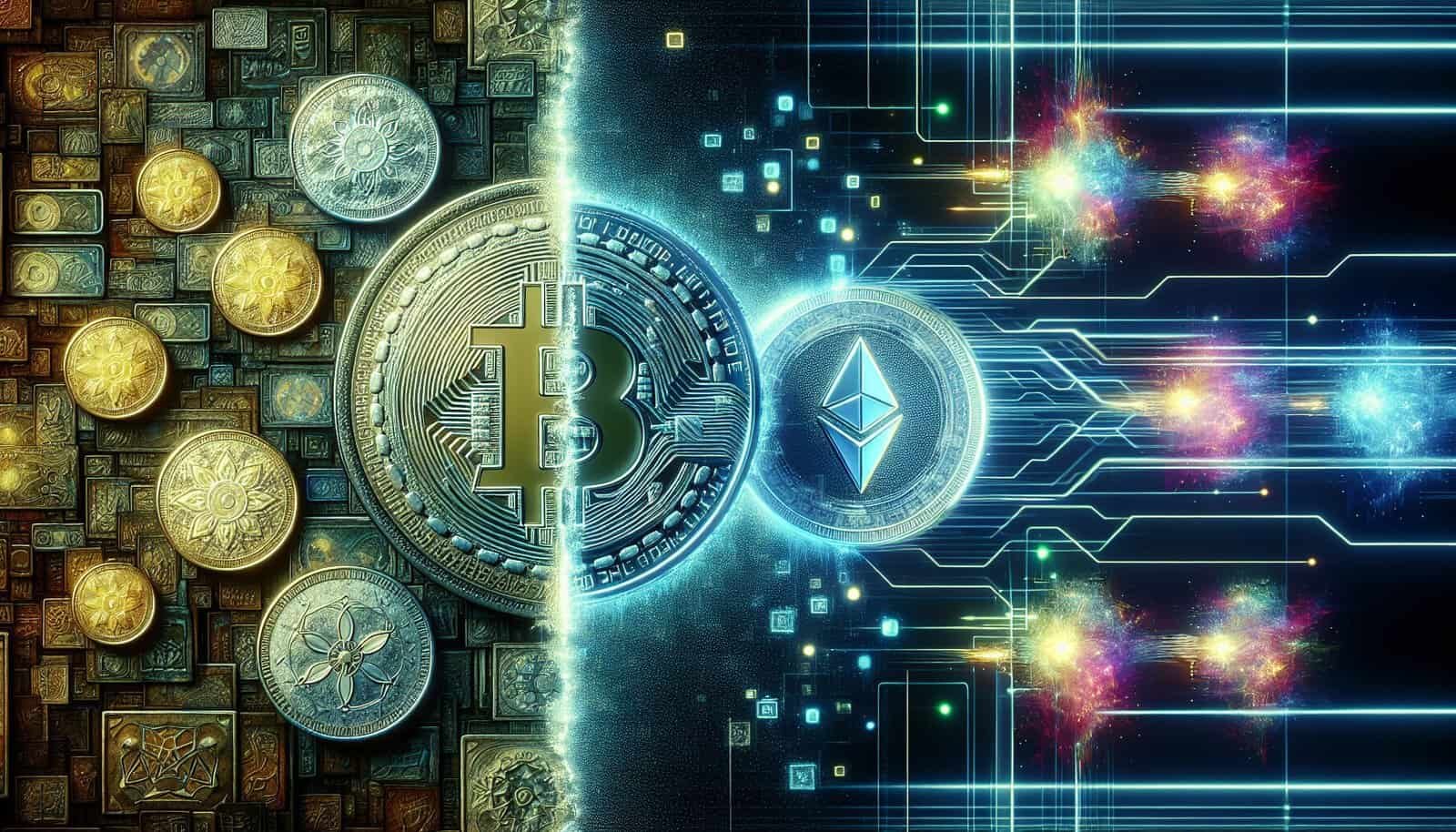Have you ever wondered about the actual difference between a coin and a token in the ever-evolving world of digital currencies? You’re not alone. Many people find themselves puzzled by the diverse terminologies and concepts within the cryptocurrency ecosystem. Understanding these differences can help you navigate this space more effectively, making informed decisions about where to invest your time or money.

What is a Coin?
To begin, consider the concept of a “coin” within the realm of cryptocurrencies. In simple terms, a coin is a digital asset that operates on its own blockchain. A blockchain is a decentralized, distributed ledger that records all transactions across multiple computers in a network. Bitcoin (BTC) and Ethereum (ETH) are prime examples of coins, each with its own independent blockchain network.
Core Characteristics of Coins
- Independent Blockchain: Coins function on their own blockchain, which means they have exclusive control over their transaction records and consensus protocols.
- Intrinsic Value: Coins often have intrinsic value, meaning they can be used as a form of currency for buying goods, services, or as a store of value.
- Network Security: Coins usually contribute to network security through methods like Proof of Work (PoW) or Proof of Stake (PoS), where miners or validators help to verify transactions.
What is a Token?
In contrast, a token is a digital asset that is created on an existing blockchain. Unlike coins, tokens do not have their own blockchain. Instead, they rely on the infrastructure of an underlying blockchain, such as Ethereum, which is the most popular platform for token creation.
Core Characteristics of Tokens
- Dependent on a Blockchain: Tokens are not standalone entities; they utilize the infrastructure of an existing blockchain to operate.
- Functional Diversity: Tokens can serve various functions, including access to platform features, representation of assets or services, and more.
- Versatility: Tokens are highly versatile, applied in various use-cases across different industries beyond mere currency replacement.
Comparison Between Coins and Tokens
To give you a clearer understanding of the differences between coins and tokens, here’s a table highlighting their distinctions:
| Feature | Coins | Tokens |
|---|---|---|
| Blockchain Dependency | Independent | Dependent |
| Use-case | Mainly as currency or store of value | Diverse applications and functions |
| Creation | Requires building a blockchain | Created on existing blockchain |
| Security Model | Manages its own security | Relies on blockchain’s security |
Use Cases for Coins
Coins are primarily intended to function as a form of currency or store of value. Let’s explore some prominent use cases:
Medium of Exchange
A core function for coins like Bitcoin is to serve as a medium of exchange. They can be used for transactions and payments across digital platforms or accepted merchants.
Store of Value
Coins such as Bitcoin are also seen as a store of value, akin to digital gold. This use-case is particularly significant in regions experiencing economic instability, where fiat currency may not be reliable.
Blockchain Security and Consensus
Many coins contribute to their blockchain’s security and consensus. For instance, Bitcoin uses Proof of Work, where miners solve complex mathematical problems to validate transactions, thereby securing the network.

Use Cases for Tokens
Tokens, being versatile, have diverse applications across different industries.
Utility Tokens
Utility tokens commonly grant holders access to a product or service. For example, BAT (Basic Attention Token) is used within the Brave Browser ecosystem to reward users for viewing advertisements.
Security Tokens
Security tokens represent ownership or a share in an external asset or enterprise. They are subject to federal securities and regulations, similar to traditional financial securities.
Governance Tokens
Governance tokens allow holders to participate in decision-making processes concerning the future of a project. Through voting, token holders can influence changes in project protocols or governance structures.
Creation and Distribution Methods
The creation and distribution of coins and tokens are fundamental components of how they operate and grow within the cryptocurrency space.
Coin Creation
- Mining: Most well-known coins like Bitcoin are created through mining, where members of the network solve complex problems to add transactions to the blockchain.
- Genesis Block: The first-ever block in a blockchain, known as the genesis block, is typically pre-mined by the creator of the blockchain.
Token Creation
- ICO (Initial Coin Offering): A method akin to an IPO in traditional finance, where companies raise funds by issuing new tokens to investors.
- Platforms: Most tokens are created on platforms such as Ethereum using smart contracts that define token properties and functionalities.

Economic Models
The economic models of coins and tokens reflect their intended use and provide incentives for network participants.
Coin Economic Model
Coins often have a finite supply, which is integral to their value proposition as a currency or store of value. Bitcoin, for instance, has a capped supply of 21 million coins.
Token Economic Model
Token models can vary widely but often include mechanisms for demand and utility. Tokens may have functions like staking, which incentivize holders to lock their tokens in smart contracts in exchange for rewards.
Signs of a Scam Crypto Project
Venturing into the world of cryptocurrencies is not without its risks. Identifying legitimate projects from scams can save you from potential financial losses. Here are some signs of a scam crypto project:
Unrealistic Promises
Be cautious of projects that promise guaranteed returns with minimal risk. In investment, high returns typically come with high risks.
Lack of Transparency
Legitimate projects are usually transparent about their team members, technology, and financial backing. If a project lacks this information, it can be a red flag.
Pressure to Buy
Scam projects often employ high-pressure sales tactics, urging you to invest quickly before a supposed opportunity vanishes. Always take your time to research before making any investments.
Poor Whitepaper
A whitepaper should clearly outline the technical details, goals, and roadmap of a project. If a whitepaper lacks depth or clarity, it may indicate an unreliable project.
Fake Team Members
Verify the identities and backgrounds of the team involved in any project. Scammers often use fake profiles or employ unverified individuals to appear credible.
Absence of Real Use-case
Projects lacking a real-world application or clear value proposition can raise suspicion. Genuine projects typically have a well-defined purpose and goal.

Conclusion
Understanding the differences between coins and tokens is essential as you navigate the complex landscape of cryptocurrencies. Both coins and tokens serve distinct purposes within this world, from functioning as currency and security measures to enabling diverse utilities and governance structures. As you engage with crypto projects, be vigilant for signs of scams and rely on well-researched information to guide your decisions. By staying informed, you’ll be better equipped to make educated investments and contributions within the fascinating world of digital currencies.
